Avui parlarem de l’Echinopsis Terscheckii, procedent d’Amèrica del sud, el podem conèixer pel sinònim científic de Cereus Terscheckii. És un cactus de port arborescent, molt robust que pot arribar als dotze metres d’alt. Les branques són cilíndriques, molt carnoses d’un color verd clar i fa entre deu i vint centímetres de diàmetre.
Today we are going to talk about the Echinopsis Terscheckii, which comes from South America, and we can know it by the scientific synonym Cereus Terscheckii. It is a very robust tree port cactus that can reach twelve meters high. The branches are cylindrical, very fleshy with a light green color and between ten and twenty centimeters in diameter.
The spines can be between two and eight centimeters long and, as normal, have a central spine, but sometimes it is not. And eight to fifteen radials. They leave in the middle of a white-to-grey areola and mild woolly germ. Flowering occurs from late spring to late summer. They have a nocturnal opening, during the day we can see that it is a white flower, fifteen to twenty centimeters long, and we can also see part of the inner part until the end of the tube is covered by very thin hairs.
It is a drought tolerant plant and there is no need to follow a very strict irrigation. Here instead of watering every so often, we will irrigate abundantly when the substrate is completely dry. If you have it in a test, once the soil has absorbed as much water as possible, we will remove the excess water it can have on the surface, so we will avoid accumulation of water. During the growing season (spring and summer) we will have to be careful not to leave the substrate dry for a long time, but we can vary a little and instead of irrigating abundantly, we can irrigate a little more moderately and more seated, hoping for a clear drying of the earth. For the rest of the year, let’s not in winter, but in the first way.
Echinopsis Terscheckii is a cactus that unquestionably needs sunlight in order to live, develop and also to flourish. So, we’re going to put him in a place where the sun touches him to be possible all day. Then, during the summer, when solar radiation is more pronounced, we will have to protect it to avoid possible damage. Being a tropical species, it does not tolerate low temperatures, so when they are less than ten positive degrees, we will need to provide protection to avoid possible frost.
Finally, I tell you what can happen if it doesn’t get enough light. We will see that the tip (or tips if it has branches) begins to lengthen by acquiring a much clearer color than the rest of the body. At this point, if we are quick and the first sign of lack of light we change it, nothing will happen, but if we let it pass and we do not implement measures, that will be irreversible.
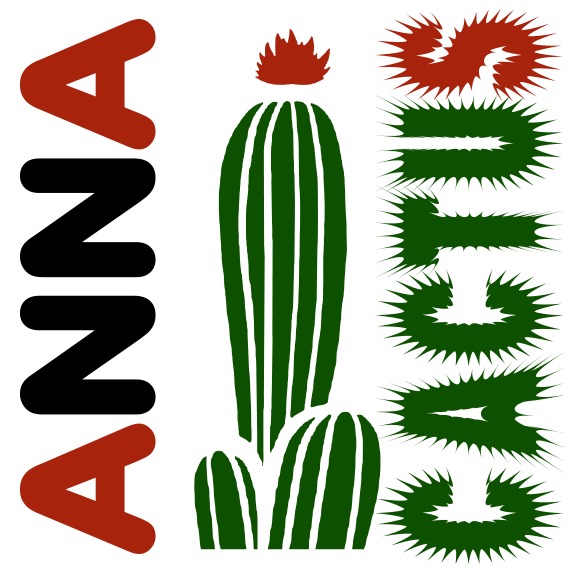
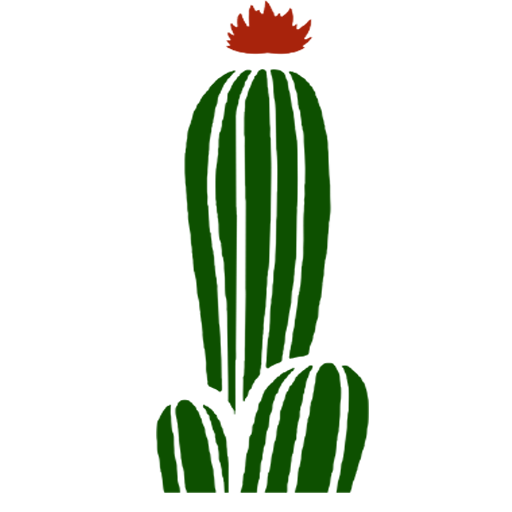
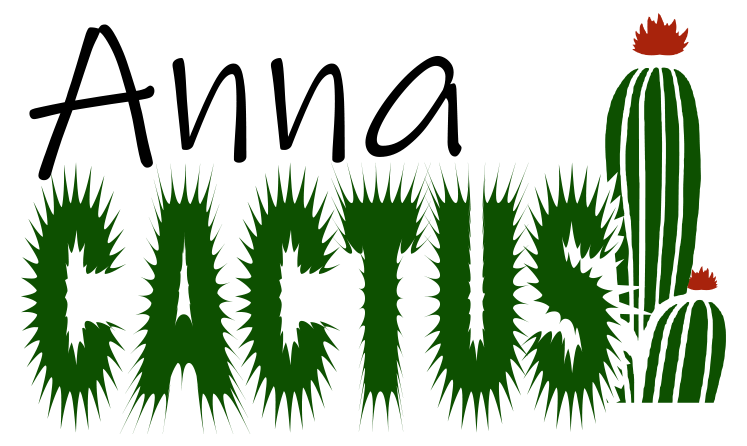

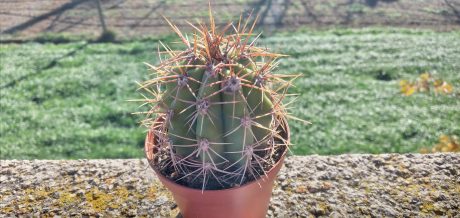

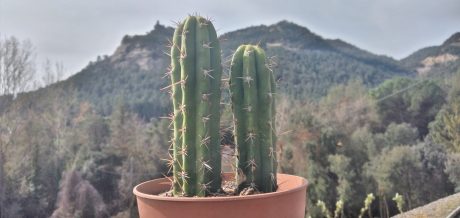


Reviews
There are no reviews yet.